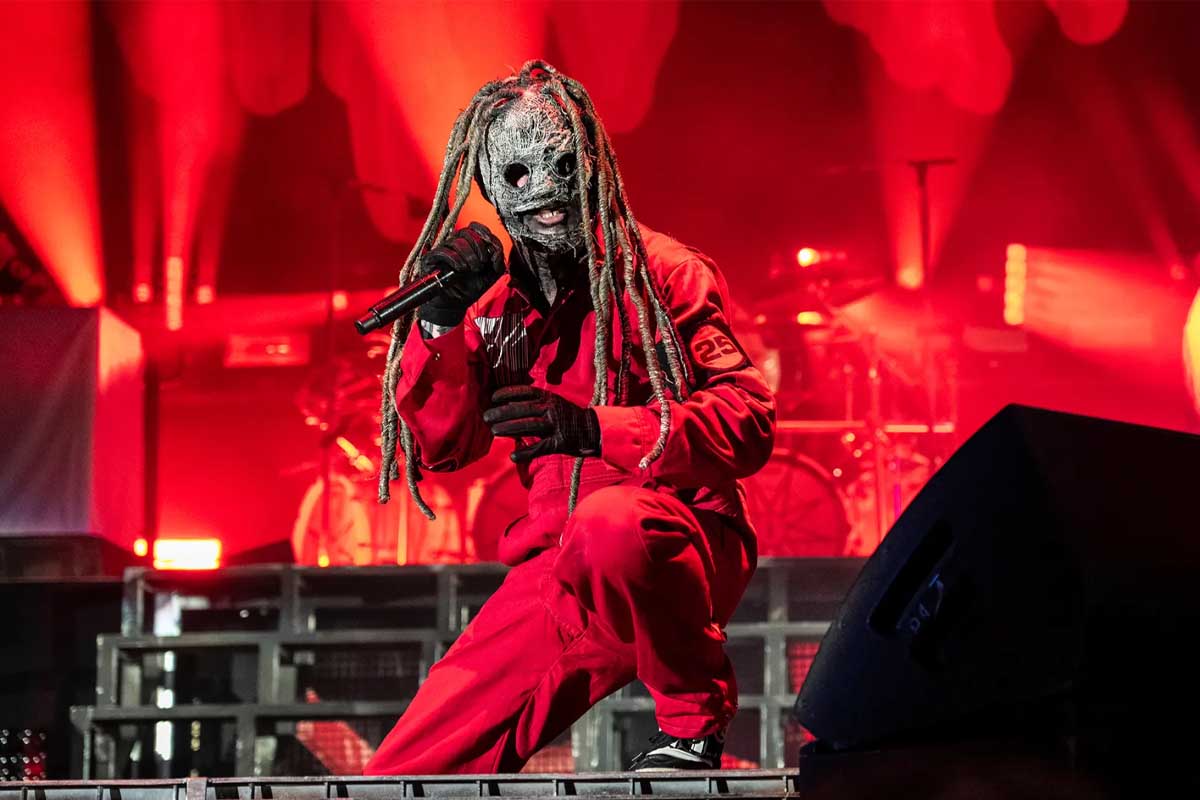For a lot of metal purists, nu-metal felt like a watered-down, mainstream version of heavy metal. Critics pointed out its simple song structures, lack of technical playing, and heavy use of hip-hop influences, saying it strayed too far from what metal was all about.
It also received backlash for the image and attitude of its followers. Classic metal acts leaned into themes like mythology, horror, and rebellion, often with a theatrical edge. Nu-metal, on the other hand, focused more on personal struggles, emotional pain, and angst. To older fans, this shift felt too mainstream, like the genre was moving away from its underground roots.
There was also some elitism at play. A lot of people saw nu-metal as ‘dumbed down,’ built for mass appeal rather than artistic quality. The fact that it was huge among teenagers and all over MTV and radio made it an easy target for criticism.
At its peak, nu-metal was even compared to boy bands, with some calling it a manufactured trend instead of a real subgenre of metal. But was it really that bad?
Nu-Metal Actually Pushed Metal Forward

Despite all the hate, nu-metal brought in new ideas that helped shape modern heavy music. One of its biggest contributions was its approach to rhythm. Seven-string guitars, down-tuned riffs, and groove-heavy beats made it one of the heaviest styles of mainstream metal at the time. Bands like Korn, Deftones, and Slipknot took heaviness in a different direction, mixing groove metal with hip-hop-style rhythms.
Lyrically, nu-metal also changed things up. Instead of fantasy or aggression for the sake of aggression, bands wrote about bullying, mental health, broken homes, and feeling like an outsider. This made the music hit home for a lot of fans who didn’t connect with traditional metal themes.
It also played a big role in keeping metal alive in the late ’90s and early 2000s. By mixing in elements of hip-hop, funk, and industrial, nu-metal stood out in a music scene dominated by alternative rock and grunge.
A Passing Phase Or A Lasting Impact?

By the mid-2000s, nu-metal started fading. Some of the biggest bands either changed their sound or fell off the radar. Metalcore and post-hardcore took over, and older metal styles made a comeback. Some people wrote nu-metal off as just a passing trend, but its impact is still felt today.
The genre’s signature elements—groove-heavy riffs, emotional lyrics, and genre-blending experimentation—are now a big part of modern metal. Bands like Bring Me the Horizon, Motionless in White, and even some deathcore acts have borrowed from nu-metal’s playbook. There’s also been a bit of a revival, with younger bands embracing the style and veterans like Korn and Slipknot still releasing successful albums and touring.
For purists, nu-metal felt like a weaker, more commercial version of metal. But from another angle, it was an important shift—one that brought metal to a bigger audience, introduced new creative ideas, and inspired a whole new generation of artists.





